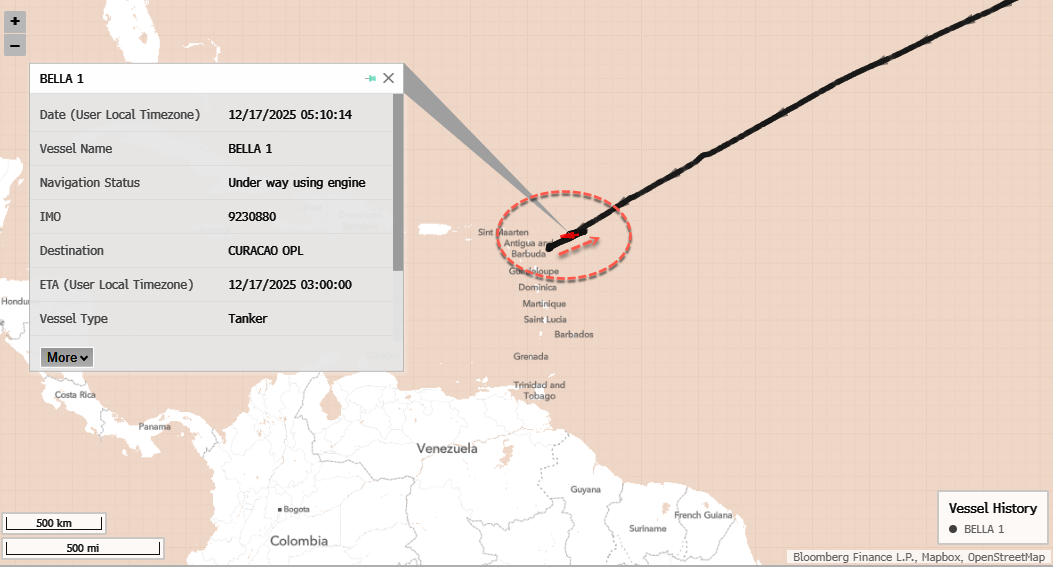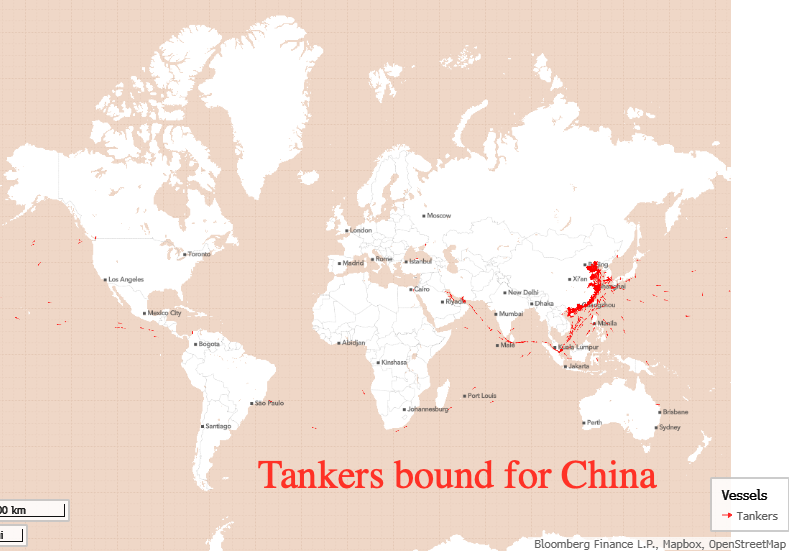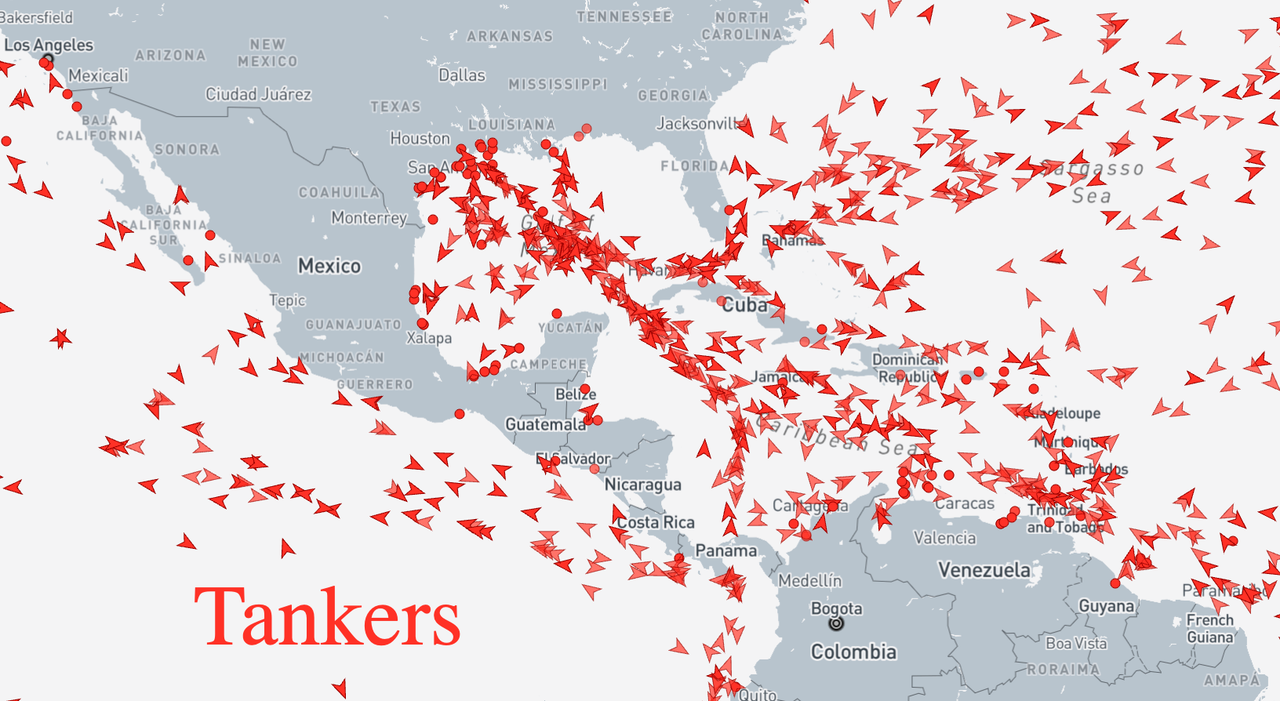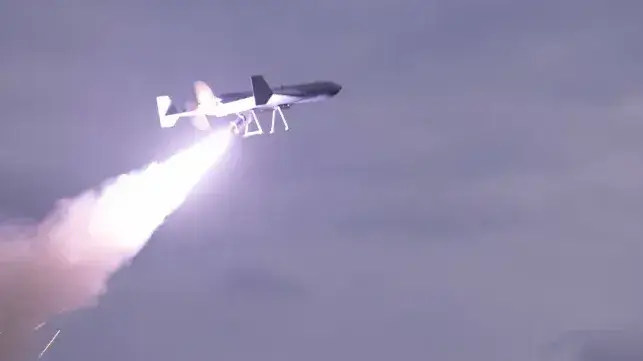December 29, 2025
By Scott N. Romaniuk and László Csicsmann
Key Takeaways:Strike Remains Plausible: A second Israeli strike on Iran is conditional but credible, driven by nuclear reconstruction, missile regeneration, and regional alignment.
Nuclear Pacing Risk: Iran’s growing 60% enriched uranium stockpile and constrained inspections compress Israeli decision timelines.
Missile–Defence Strain: The June 2025 war exposed a costly defence equation, turning missile exchange into an endurance and resupply contest.
Decision Triggers: Israeli action hinges on four judgements—nuclear restoration, missile regeneration, US political and military support, and regional spillover risk.
Escalation Calculus: Israel must balance pre-emptive action against the risk of multi-front escalation amid Tehran’s framing of a full-scale war.
Iran’s Nuclear Trajectory and Strategic Implications
In late December 2025, Iran’s nuclear and strategic posture has once again become a focal point of regional and global security concerns. Tehran’s refusal to allow the International Atomic Energy Agency (IAEA) to inspect nuclear facilities damaged by strikes earlier in the year has underscored a deepening impasse over verification and sovereign control, with Iranian officials demanding a codified post-war conditions framework before permitting access. At the same time, the head of Iran’s Atomic Energy Organisation publicly asserted that Western criticism targets Iran’s broader scientific progress rather than an alleged weapons programme, a framing that challenges international pressure and complicates diplomatic engagement.
Against this backdrop, Tehran’s rejection of renewed IAEA inspection demands has heightened anxieties in capitals including Jerusalem and Washington that Iran’s latent capabilities—particularly enrichment and missile-related technologies—could be rebuilt with reduced external visibility. These developments reinforce the strategic dilemmas facing Israeli decision-makers as they weigh whether pre-emptive options remain viable.
A second Israeli strike on Iran remains a live option and becomes most likely when Israeli leadership concludes that Iran is rebuilding the two capabilities that matter most for Israeli deterrence and homeland risk: rapid nuclear reconstitution under reduced visibility, and the capacity to sustain large ballistic missile salvos over multiple days. After the June 2025 Israel–Iran war, the strategic ‘taboo barrier’ against direct state-to-state blows is already broken, so the question is no longer whether direct action is imaginable, but whether the expected military gains outweigh the political and escalation costs in the weeks following the first night of strikes.
Iran’s nuclear trajectory remains the central pacing factor. The IAEA assessed in mid-2025 that Iran’s stockpile of uranium enriched up to 60% had reached the ‘more than 440 kg’ range, and that Iran’s overall enriched uranium stockpile had grown to many multiples of the Joint Comprehensive Plan of Action (JCPOA) cap. A key technical benchmark often used in policy planning is that roughly 42 kg of 60% material, if further enriched, is theoretically sufficient for one atomic bomb’s worth of weapons-grade uranium.
The strategic implication is not that a weapon is inevitable tomorrow, but that Iran retains a large ‘latent hedge’ that can be converted faster than diplomacy can typically move, especially if inspection access is constrained or delayed. The Supreme Leader has thus far hesitated to cross the nuclear threshold, as his legal opinion (fatwa) continues to deem the possession of nuclear weapons contrary to Islamic principles. However, an existential threat—such as a renewed Israeli attack—could alter the regime’s strategic calculus.
\
Missile Balance and Israel’s Defense Economics
The June 2025 war also reframed the missile balance as an inventory and resilience contest rather than a one-off shock. During the 12-day conflict, Iran fired on the order of 500 ballistic missiles toward Israel, in addition to large numbers of drones. Even with high interception rates, a limited number of impacts can still generate meaningful political pressure inside Israel because a handful of penetrations can produce casualties, damage critical infrastructure, and challenge public confidence. Open-source defence analysis after the war converged around the view that only a small share of missiles produced confirmed impacts, but the campaign consumed large quantities of expensive interceptors and depended heavily on United States (US)-enabled regional air defence coordination.
The operational lesson for Israel is uncomfortable: stopping Iran’s salvos is feasible, but sustaining that defence over time is also costly and stockpile-intensive. This asymmetry is reinforced by the absence of any binding international restrictions on the number of ballistic missiles Iran may produce, allowing Tehran to regenerate inventories at scale even as Israel and its partners face interceptor constraints.
Interceptor economics matter because they shape how long Israel and partners can hold the shield at maximum readiness while also retaining freedom for offensive options. Illustrative cost ranges cited in defence economics analyses place Iron Dome Tamir interceptors at approximately US$50,000 per shot, David’s Sling interceptors around the million-dollar class, and upper-tier systems in the multi-million-dollar class per interceptor. The exact unit costs vary by contract and configuration, but the strategic point is stable: a prolonged exchange that forces repeated high-end interceptions becomes a war of industrial depth and resupply politics, not just technology.
Israeli Decision Calculus: Triggers and Judgments
Israel’s decision calculus for another strike is likely to hinge on four interlocking judgements:Nuclear restoration: This judgement concerns whether Iran is believed to be restoring hardened or dispersed enrichment capacity faster than Israel can tolerate, particularly if the monitoring picture is degraded or constrained. The focus is on whether Iran could reconstitute key nuclear capabilities in ways that compress Israel’s decision timelines and reduce its ability to respond pre-emptively or with confidence.
Missile regeneration: This judgement evaluates whether Iran is rebuilding missile launchers, solid-fuel production, and operational tempo such that the next crisis would feature denser, more adaptive, and more survivable salvos. The concern is that Iran’s ability to overwhelm or systematically stress Israeli air defences could materially alter Israel’s risk calculus and the anticipated costs of any military operation.
US posture: This judgement examines whether Washington is prepared to support deterrence and defence in a renewed episode, including the integration of air defence systems, the flow of munitions, the provision of intelligence, and the political cover necessary to sustain Israeli action without triggering unwanted escalation or isolation. US support is a central enabling factor for both operational planning and the broader strategic framing of any strike. This judgement is shaped not only by formal US policy but also by elite political signalling. Prime Minister Benjamin Netanyahu’s recent visit to Mar-a-Lago and discussions with former President Donald Trump underscore Israel’s effort to reinforce the credibility of a military option and to ensure that the threat of force remains central to Washington’s Iran policy debate. Netanyahu has publicly argued that only the sustained possibility of military action can compel Iranian restraint, suggesting that Israeli planning assumes continued political space in Washington for escalation if intelligence thresholds are crossed.
Regional spillover: This judgement addresses whether a renewed Iran campaign would ignite Lebanon, Syria, Iraq, or maritime theatres in ways that would leave Israel strategically worse off even if Iranian facilities are damaged. It considers both the likelihood of direct retaliation and the cascading effects of regional entanglement that could compromise Israel’s broader security objectives, force prolonged homeland defence, or create political costs domestically and internationally. However, certain regional actors—most notably Saudi Arabia—have issued warnings to Israel against any further military intervention on Iranian soil. Gulf Cooperation Council (GCC) countries, probably with the exception of the United Arab Emirates (UAE), have increasingly come to perceive Israel as a potential security threat, particularly since Israel’s attack on Doha on 9 September.
Recent Indicators and Risk Assessment
Recent Iranian missile activity reinforces why miscalculation risk remains high. Missile drills and test activity signal readiness and deterrence, but in a post-June environment they are also interpreted through a worst-case lens as potential preparations for coercion or retaliation. For Israel, routine Iranian signalling now carries a higher probability of being read as an approaching inflection point, which can shorten decision timelines and increase the temptation to act pre-emptively.
Three plausible pathways lead to another Israeli strike, each with different triggers and shapes:Nuclear-driven strike: The first is a nuclear-driven strike, where the proximate trigger is a belief that Iran has begun reconstructing protected enrichment or conversion capacity in ways that would enable a faster and harder-to-stop breakout, especially if visibility is reduced. In this scenario, Israel prefers a time-bounded campaign designed to set back reconstruction, degrade key nodes, and re-establish fear of escalation inside Tehran, while attempting to keep the conflict from expanding into a multi-front regional war.
Missile-driven strike: The second pathway is a missile-driven strike, where the trigger is evidence that Iran is regenerating launcher survivability and salvo density to a point that the next crisis would overwhelm Israel’s defensive comfort margin. Here, Israel’s target set would skew towards production chains, storage sites, and command-and-control infrastructure, attempting to turn the conflict back into a depletion problem for Iran rather than a defence exhaustion problem for Israel.
Shock-driven strike: The third pathway is a shock-driven strike, where a major incident on another front is attributed to Tehran and treated as proof that deterrence has collapsed again; in that case, the strike becomes less about precise technical rollback and more about re-establishing a punitive red line.
There are also strong reasons for Israel to delay or avoid a second round unless compelled. Another strike carries a high probability of wider regional activation because Iran’s most reliable response options often run through distributed networks and geographically diverse launch areas rather than a single conventional front. A renewed direct war would also almost certainly force Israel into a prolonged period of elevated homeland defence, repeated disruptions to air travel and commerce, and a dependence on continuous interceptor resupply.
Even if Israel achieves tactical success against specific facilities, the strategic outcome can be ambiguous if Iran responds by hardening, dispersing, and moving closer to a posture of maximum ambiguity on nuclear intent while accelerating missile and drone programmes as the compensatory deterrent. Israeli Prime Minister Benjamin Netanyahu has not ruled out additional airstrikes, signalling that pressure on Iran’s missile programme and latent nuclear capabilities remains an active policy consideration, particularly if Tehran is perceived as rapidly rebuilding key capabilities.
The near-term outlook is therefore best described as conditional rather than linear. In the coming months, the probability of another Israeli strike rises materially if multiple indicators align at once: credible signs of Iranian reconstruction at key nuclear nodes under reduced monitoring, evidence of accelerating missile regeneration and launcher survivability, and a permissive US political and military stance. The probability falls if Israel assesses that Iran’s reconstitution pace does not yet create an urgent window, if Washington signals firm constraints, or if Israeli leadership judges that the second round would likely expand into a multi-arena war that produces high domestic cost without decisive strategic rollback.
Another Israeli attack on Iran is plausible and cannot be ruled out on a short horizon, but it is more likely to be triggered by a specific intelligence-assessed inflection point than by general hostility. The decisive variable is whether Israeli leadership comes to believe that waiting converts manageable risk into irreversible risk, and whether it believes a second strike can be executed without triggering an uncontrollable regional cascade.
Table 1. Strategic Drivers and Decision Pathways for a Second Israeli Strike on Iran
Category Key Considerations Decision Implications Potential Pathways
Nuclear Trajectory Iran’s enriched uranium stockpile (60%) ~440+ kg; Latent weapons-grade capacity (~42 kg per bomb); Potential for rapid breakout if monitoring is reduced Israel may strike if nuclear restoration accelerates beyond tolerable risk or compresses decision timelines Nuclear-driven strike: target reconstruction facilities, degrade key nodes, re-establish deterrence
Missile Capability ~500 missiles fired in June 2025 conflict; Interception is costly and stockpile-intensive; Potential to overwhelm Israeli defences with dense, adaptive salvos Israel may act if missile regeneration exceeds defensive comfort margins Missile-driven strike: target launchers, storage sites, production chains, and C2 infrastructure
Missile Production Asymmetry No binding international limits on Iranian ballistic missile production; Capacity to regenerate missile inventories at scale; Asymmetric cost exchange versus Israeli interceptors Sustained Iranian regeneration increases pressure for pre-emptive action before defensive exhaustion Missile-driven strike: prioritise industrial nodes, storage, and production bottlenecks
US Posture Willingness to provide political, logistical, and air defence support; Integration of munitions and intelligence; Signals regarding escalation tolerance and strike legitimacy Israel’s freedom of action depends on US operational backing and political cover All pathways contingent on US support for operational enablement and diplomatic insulation
Regional Spillover Risk of Lebanon, Syria, Iraq, and maritime theatres being activated; Potential for multi-front escalation and proxy mobilisation High regional risk may argue for delay, sequencing, or selective targeting Shock-driven strike: respond to major incident or deterrence collapse, reassert red line
Strategic Signalling & Political Thresholds Israeli leadership signalling willingness to strike again; Iranian framing of confrontation as full-scale war; Elevated miscalculation and escalation risk Lower political thresholds increase likelihood that tactical incidents trigger strategic escalation Shock-driven strike: rapid punitive action following perceived deterrence failure
Operational & Strategic Constraints Homeland defence strain; Interceptor resupply requirements; Risk of Iranian hardening, dispersal, or compensatory acceleration Strategic gains must outweigh escalation risks and domestic costs Decision conditional: strike triggered by specific intelligence-assessed inflection points
Source: Authors.
Conditional, Calculated, and Contingent
Israel’s next strike on Iran is not inevitable, but it remains plausible—and highly contingent on a convergence of nuclear, missile, and geopolitical indicators. The decision calculus is precise: strike too early, and Israel risks regional escalation and high domestic costs; wait too long, and latent Iranian capabilities could create irreversible risk. Effective strategy therefore hinges on intelligence-driven timing, calibrated targeting, and alignment with US support, all while anticipating potential regional spillover.
The strategic environment is further complicated by Tehran’s framing of the confrontation: Iranian officials have publicly declared that the country is engaged in a full-scale war with the US, Israel, and Europe, signalling a willingness to treat external pressures as acts of war. This posture raises the stakes for Israeli decision-makers contemplating pre-emptive action.
Policymakers should view Israel’s options not as linear but as conditional pathways, each shaped by nuclear restoration, missile regeneration, operational constraints, and strategic risk tolerance. The decisive variable is whether Israel judges that a second strike can degrade Iranian capabilities without triggering a cascade of escalation. In short, success depends on acting decisively—but selectively—when intelligence indicates an urgent inflection point amid Tehran’s heightened threat posture.
About the authors:Scott N. Romaniuk—Senior Research Fellow, Centre for Contemporary Asia Studies, Corvinus Institute for Advanced Studies (CIAS); Department of International Relations, Institute of Global Studies, Corvinus University of Budapest, Hungary.
László Csicsmann—Full Professor and Head, Centre for Contemporary Asia Studies, Corvinus Institute for Advanced Studies (CIAS); Senior Research Fellow, Hungarian Institute of International Affairs (HIIA), Corvinus University of Budapest, Hungary.









